Top 10s: 1970’s Italian Wedge Supercars
By John LeBlanc
Like the French art deco cars of the 1930s or the classic chrome of Detroit in the 1950s, we’ll likely never see an era in car design like the Italian “wedge” cars from the 1970s.
Riffing off the new proportions introduced by midengine 1960s race cars and the functional look of cutting-edge Cold War military aircraft, Italy’s car designers went about-face to the sensual and rounded look of many Post War sports cars by creating one wedge-shaped rolling doorstop after another.
Here are my ten most influential examples:
10. 1975-1982 Lancia Montecarlo
If not as exotic as some of my other Italian Wedge picks, the midengine Montecarlo (all one word, unlike the famous principality or the Chevy coupe) was essentially a supersized Fiat X1/9.
The Lancia’s look was based on the Abarth 030 concept that debuted a year earlier. Unlike the X1/9’s removable hard roof panel, though, the Monte featured a rollback targa-style roof and a unique side-hinged rear engine access panel.
9. 1974 Maserati Khamsin
With a mid/front-mounted V8 that allowed for a spare to reside in the engine bay, the Khamsin was a rare slice of Italian Wedge that didn’t have its engine mounted behind its cockpit,
First seen as show car from Italy’s Bertone design house in 1972, the Khamsin’s most unique exterior touch was a glass rear panel that housed its tail lights. Arguably more dramatic than its exterior, the Maserati featured unique-for-its-day features like an adjustable steering wheel column, standard air-conditioning, and hydraulic seats.
8. 1970 De Tomaso Pantera
An American, Tom Tjaarda, working for Italy’s Ghia design studio, designed another product of the watershed year of 1970, the midengine Pantera.
Built in the heart of super car country by De Tomaso in Ferrari’s hometown of Modena, and later known as the “poor man’s Countach”, the Ford V8-engined Pantera was sold in North America for a few years in the early 1970s at Lincoln-Mercury dealerships. Unlike many of the Italian Wedge cars listed here, remarkably, the Pantera had a long life, continuing in production until 1991.
7. 1968-1978 Lamborghini Espada
With styling influenced by the groundbreaking Lamborghini Marzal show car — one of the first of many Italian Wedge designs penned by the legendary Italian designer Marcello Ghandini while at Bertone — the 2+2 Espada was essentially a concept car you could buy.
While the Marzal sported full-height glass doors, the Espada reverted to more conventional units. But the Espada’s near-flat aerodynamic rear deck created one of its signature features: a horizontal panel of glass to see out of its tall back hatch, a feature that would later pop up on future cars like the Honda CR-X and Toyota Prius.
6. 1969 Autobianchi A112 Runabout concept
The idea behind the Autobianchi A112 Runabout concept was to bring exotic Italian Wedge design to the masses. And as a precursor to the 1972 Fiat X1/9, it certainly achieved that goal.
Yet another product of the prodigious Ghandini/Bertone relationship, the Autobianchi concept was allegedly inspired by contemporary boat design. Some details were lost in the transition from show car to production. But at least the A112 Runabout’s wedged shape, trademark indented beltline and large C-pillar were kept with the production Fiat.
5. 1974 Lamborghini Bravo concept
One of the lesser-known Wedge cars from the early 1970s is the long-forgotten Lamborghini Bravo. First seen at the 1974 Turin auto show, the Bravo was designed (yet again!) by Ghandini as a replacement for the V12 Countach’s little brother, the V8 Urraco.
Although never moving beyond a show car, some of the Bravo’s details (sharp-edged looks, window design and wheel style) would end up on my next piece of Italian Wedge …
4. 1974 Lamborghini Countach
… ah, yes, the Countach! — arguably the most famous and best known Italian Wedge production car. First seen as the Prototype LP500 at the 1971 Geneva auto show, the Lamborghini supercar was designed by — who else? — Marcello Ghandini.
Many functional details to cool the big V12 mounted amidships, like the box air ducts and NACA ducts on its doors, were added to the show car in its transition to the production 1974 Countach LP400. But the concept’s wide and low proportions, knife-edged flat body — and of course, those scissor doors — set the agenda for Lamborghini super car design that carries on today with the Aventador, the Countach’s spiritual successor.
3. 1970 Lancia Stratos Zero concept
Like the Ferrari Mondolo below, the Stratos Zero has become a design icon beyond the automotive world. Shocking in its debut at the 1970 Turin auto show, the Ghandini-designed concept with its one-box, wedge-shape and front-opening door, looked more like a prop from a sci-fi flick than a road car you would drive on Earth. In fact, the Zero’s groundbreaking shape aged well. Decades past its birth date, the concept was still being used in movies and music videos as a “car from the future”.
Perhaps the Zero was too radical. When it came time for Lancia to move ahead with the production Stratos coupe in 1972, it little resembled the wild looking show car.
2. 1970 Ferrari Modulo concept
Built on a Ferrari 512 S race car chassis and penned at Italy’s Pininfarina design house, the Modulo has become an iconic symbol of 1970s industrial design. Breaking almost every convention of contemporary car design, the concept is a true one-off.
Within its wasp-like, knee-high body wrapped in its distinctive white bodywork and red-pinstripe beltline, the Modulo looked like no other car on the planet. Design highlights are many, including the 24-holes in the rear engine cover, all four wheels being enveloped, and a single, front-opening door that slides forward like a jet-fighter canopy.
1. 1968 Alfa Romeo Carabo concept
The Granddaddy of the Italian Wedge design era, the Carabo started life on a midengine V8 Alfa race car chassis. And compared to the rounded, swollen-fender look of cars from earlier in the decade, the concept was a compendium of new ideas to the car design world.
First seen at the 1968 Paris auto show, the Carabo was one of the first door-stop-on-wheels designs created and designed by Ghandini. As such, the Alfa concept had many original and groundbreaking details. Its low-slung profile, Kamm-back tail with full-width tail lights, louvred rear engine cover, skyward reaching “scissor “doors, and rectangular wheel cut-outs would influence Italian super car design for the next two decades.





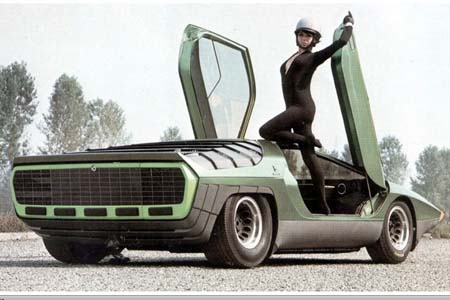
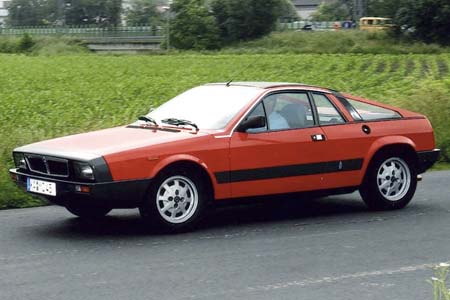
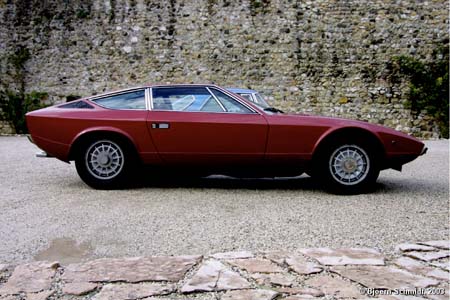
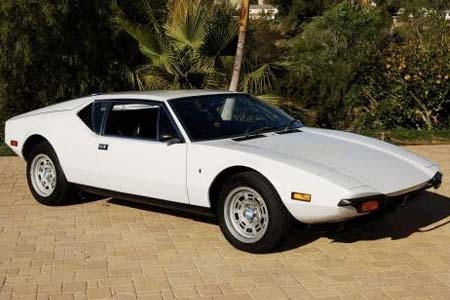
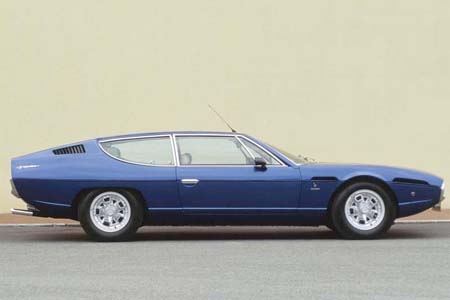
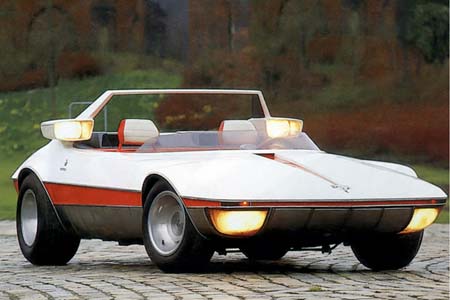
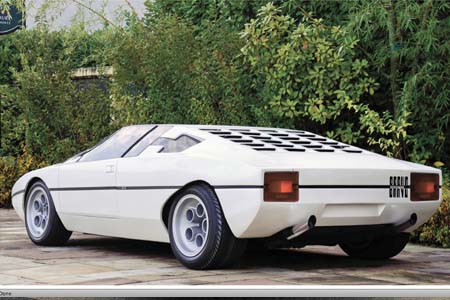
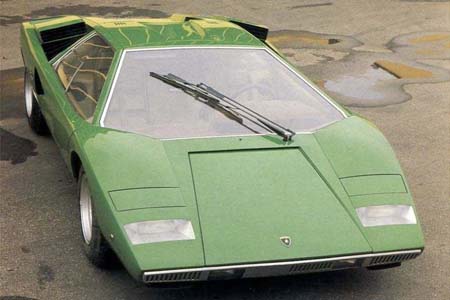
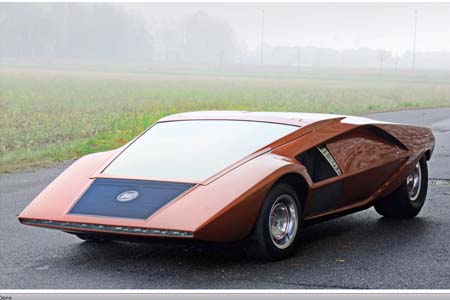
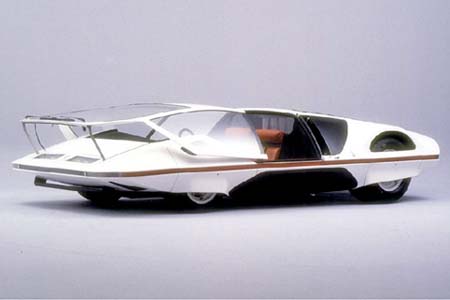
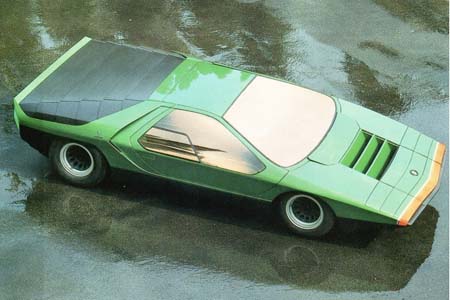
![[del.icio.us]](https://www.straight-six.com/wp-content/plugins/bookmarkify/delicious.png)
![[Digg]](https://www.straight-six.com/wp-content/plugins/bookmarkify/digg.png)
![[Facebook]](https://www.straight-six.com/wp-content/plugins/bookmarkify/facebook.png)
![[Google]](https://www.straight-six.com/wp-content/plugins/bookmarkify/google.png)
![[Reddit]](https://www.straight-six.com/wp-content/plugins/bookmarkify/reddit.png)
![[StumbleUpon]](https://www.straight-six.com/wp-content/plugins/bookmarkify/stumbleupon.png)
![[Twitter]](https://www.straight-six.com/wp-content/plugins/bookmarkify/twitter.png)
![[Email]](https://www.straight-six.com/wp-content/plugins/bookmarkify/email.png)